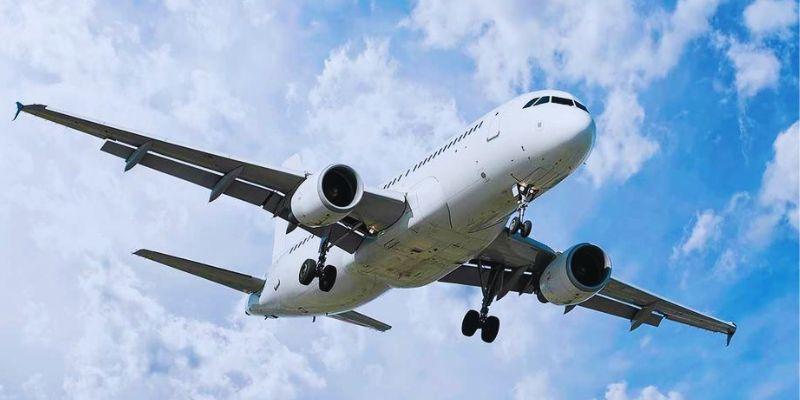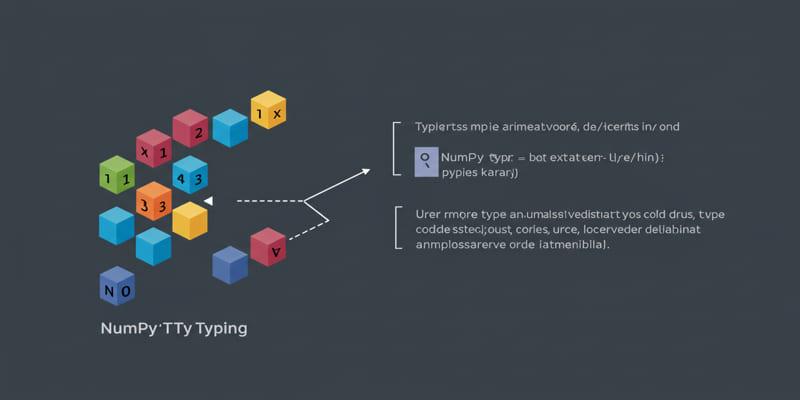Airlines are facing challenges these days due to rising fuel prices, stricter regulations, and increasing customer expectations. Travelers want to schedule their trips more easily, have their flights leave on time, and get better service at every stage. Airlines also need to find ways to lower costs, improve safety, and stay ahead of the competition. That’s where new digital technology comes in.
New technologies are enabling airlines to transform their business operations. These include smart apps, real-time updates, AI, and blockchain. Not only do these tools enhance the passenger experience, but they also streamline and improve the processes that operate behind the scenes. In this guide, we’ll discuss how digital innovation can help airlines reach new heights.

Airlines are becoming faster and more efficient thanks to real-time data. It instantly shows the plane’s location, fuel consumption, and current weather conditions. It helps flight pilots avoid delays, conserve fuel, and pick safer routes. Maintenance crews also benefit from identifying problems before they worsen. It keeps planes in the air longer and reduces the need for unexpected repairs.
With live updates, flight planning goes faster and is more accurate. Ground staff can track takeoffs and landings, which improves coordination and efficiency. Real-time data enables all airport teams to operate together effectively. It makes things safer because alarms come every second. Passengers also appreciate that there are fewer delays and more information provided during the ride. Everyone, from employees to vacationers, benefits from this. It’s one of the best tools airlines can utilize now and in the future.
AI and machine learning help airlines improve practically every aspect of flying. These programs can analyze a large amount of data in just a few seconds. Airlines utilize them to enhance their booking systems and determine what travelers want. Chatbots that use AI can answer inquiries and resolve issues without requiring human assistance. Machine learning helps keep track of aircraft delays, traffic at airports, and changes in the weather.
It also monitors engine health patterns, making it safer and more cost-effective to maintain aircraft. Tracking bags is more accurate, and missing things are found quickly. AI can even recommend more efficient routes or better time management. These technologies utilize information from past flights to enhance future ones. AI helps airlines save money while giving customers faster and better service. It also makes travel more reliable and easier. In summary, it makes flying easier for both airlines and customers.
Mobile apps have transformed the way consumers fly with airlines. With just a few taps, passengers can order tickets, check in, and select their seats. Push alerts inform people about delays, gate changes, and updates to the boarding schedule. It makes things less stressful and saves time at the airport. Lines for mobile check-in move faster, and it’s easy to scan digital boarding passes.
Many apps allow you to order food, track your bags, and have fun. It’s also easy to use loyalty programs with the app. Airlines now utilize apps to enhance the travel experience. They use information from past flights to provide you with options for meals, seats, and more. It makes travelers feel remembered and valued. The app acts like a personal assistant.

By storing data online, cloud computing enables airline systems to perform more efficiently. It allows teams to get information in real-time from anywhere. It means booking, baggage, and airport services can communicate instantly. It reduces mistakes and speeds up service. Cloud systems are less expensive than traditional hardware and easier to maintain and update.
Airlines no longer need big IT departments. Cloud platforms enable global teams to collaborate seamlessly. They can change schedules, fix problems, and share records in seconds. It improves the situation for both customers and employees at every level. Cloud also backs up your data in case of system outages, ensuring everything remains safe and functional. It offers all three: flexibility, speed, and savings.
Blockchain makes airline operations very safe. Records that can’t be changed or lost are stored in blockchain, which is different from regular databases. Airlines utilize it to safeguard passenger data, loyalty programs, and ticketing systems. It reduces the risk of fraud and duplicate bookings. Blockchain also facilitates smart contracts, which automate payments or negotiations between airlines and their partners.
It reduces paperwork and streamlines company processes. Blockchain-based tags ensure that luggage is tracked at every step of the baggage handling process. Every scan makes a permanent entry with a date and time. It fosters greater trust between airlines and airports. Secure data sharing could also help customs or border control. Blockchain saves money, speeds up processes, and enhances the customer experience.
Digital twins are computer-made replicas of genuine planes or parts. They enable engineers to monitor the plane’s performance without the need for physical inspection. These models alert airlines when a part is likely to break, allowing them to repair it before it fails. It improves flight safety and reduces the chance of unexpected breakdowns.
Engineers also utilize digital twins to simulate how designs will perform in the real world. They make planes stronger by putting them through stress, heat, and wind. It helps airlines avoid costly errors during live testing. By planning maintenance ahead of time, airlines may save time and money. They can monitor wear and tear, order parts ahead of time, and reduce the time planes are out of service.
Digital innovation is transforming every aspect of the airline industry. Technology is making everything from booking to baggage handling, flight planning to maintenance faster, safer, and smarter. Personalized apps, real-time updates, and smoother journeys all enhance the passenger experience. Airlines save money, gain better data, and deliver improved service. AI, cloud computing, blockchain, and digital twins are not just fads; they are the future. Airlines can remain competitive and meet customers’ higher expectations by embracing these changes.

Find how MapReduce powers scalable data systems, enabling efficient processing of massive datasets for modern enterprises.

Explore how evolving AI agents affect businesses, risks, and alignment, and why understanding their inner drives is crucial.

Learn how AI agents for sustainability improve productivity, streamline reporting, and revolutionise corporate operations globally.

Discover the seven reasons which make convolutional neural networks (CNNs) unbeatable when it comes to image tasks.

Understand RGB and HSV, why hue-saturation-value helps editing, and how to convert in both directions without banding or surprises.

Build accurate Excel data dictionaries by pairing OpenPyxl scans with AI agents for clear definitions, rules, and reviews.

Learn how a GPT stylist reveals the secrets of clear, contextual, and creative prompting that leads to better AI outputs.

AI scam tactics are becoming harder to detect as artificial intelligence helps scammers create fake voices, emails, and messages. Learn how to recognize and stop these digital traps

How to use ChatGPT’s new image generator with this simple step-by-step guide. Learn how to turn text into visuals using the latest AI image tool from ChatGPT

Inheritance is a fundamental software engineering notion that assists data scientists in constructing reusable code and creating scalable and maintainable endeavors in order to succeed in the long term.

Use NumPy typing to annotate and verify NumPy array shapes and dtypes to enhance Python project correctness and maintainability.

Discover how Microsoft Power BI elevated my data analysis and visualization workflow, transforming insights and boosting decision-making efficiency.